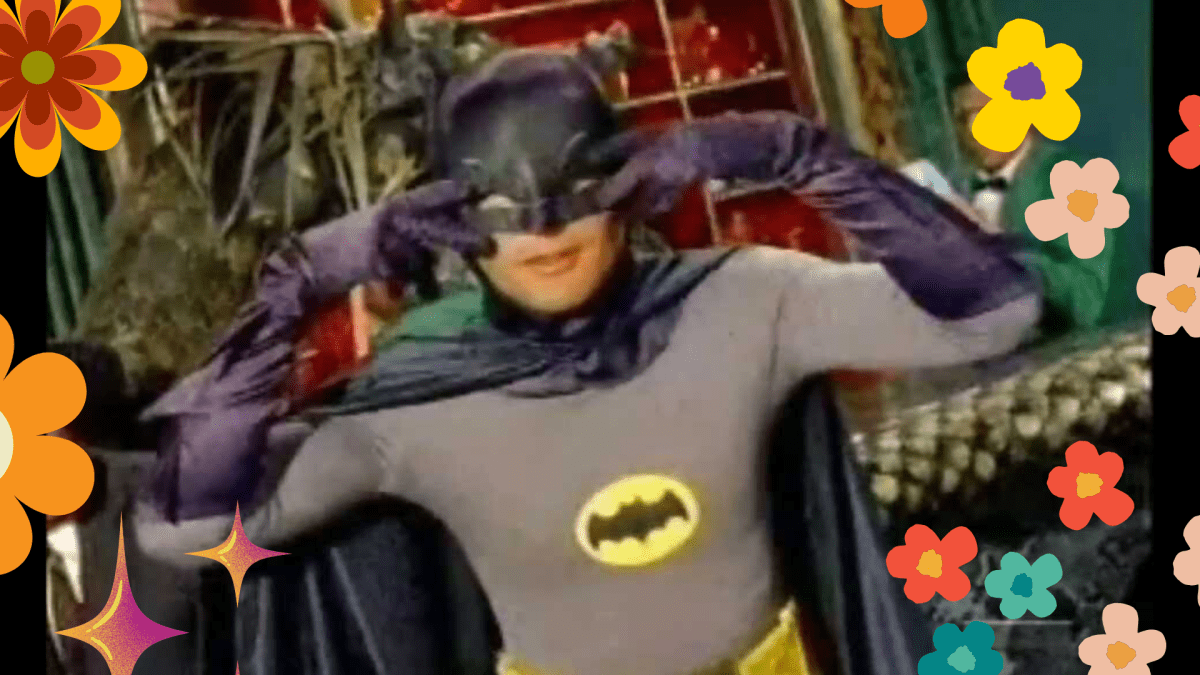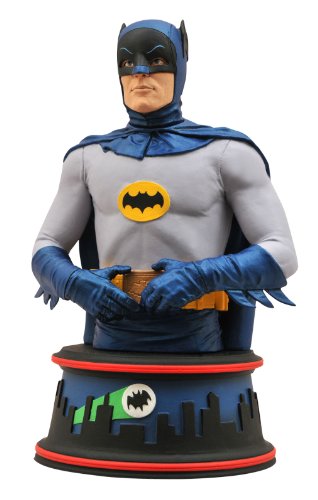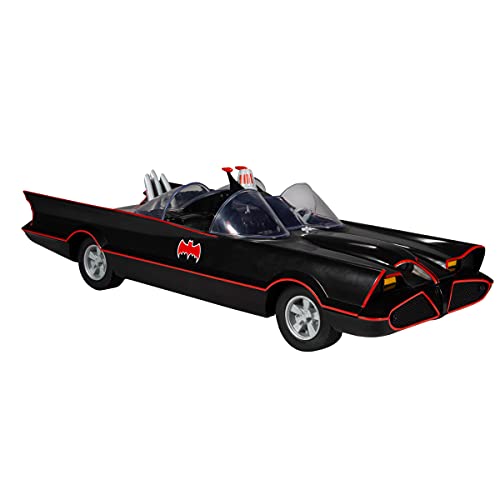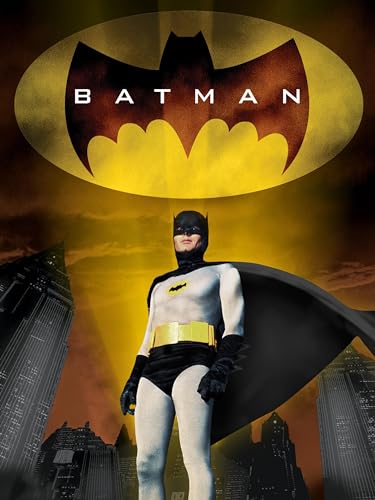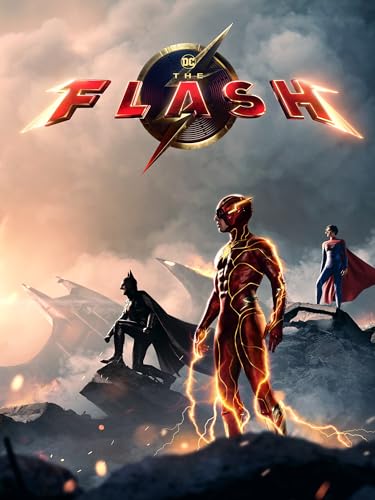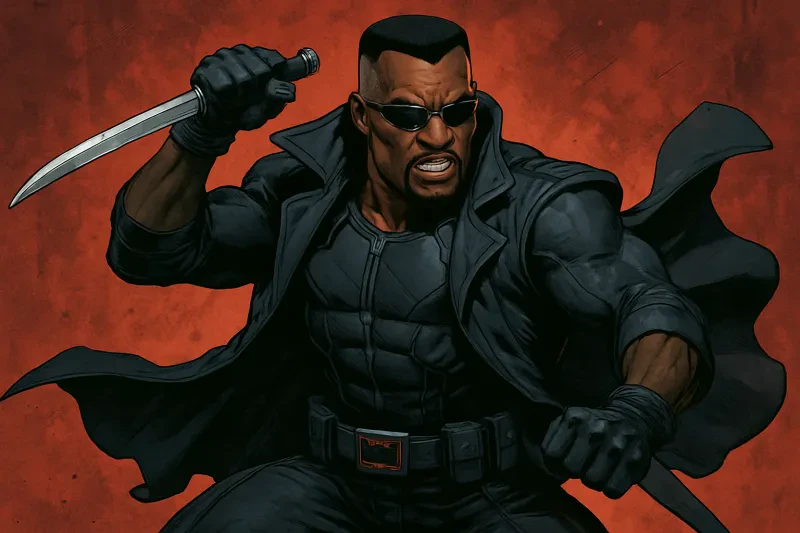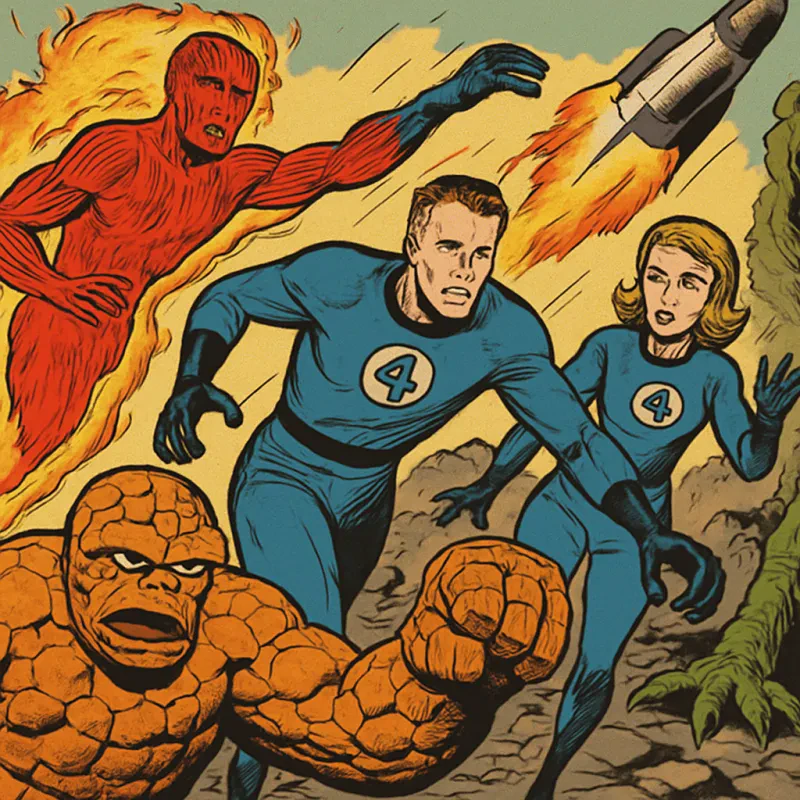The 1960s Batman TV series holds a special place in the hearts of many fans, even decades after its initial release. This iconic show, which aired from 1966 to 1968, had a significant impact on pop culture and introduced Batman to a whole new generation of viewers. Created by William Dozier, the series starred Adam West as Batman and Burt Ward as Robin, and it quickly became a cultural phenomenon.
The show's popularity can be attributed to several factors. Firstly, it arrived at a time when superhero stories were not as prevalent in mainstream media. The 1960s Batman TV series brought the caped crusader into the living rooms of millions of viewers, captivating audiences with its colorful characters and campy humor. Additionally, the show's lighthearted tone and comedic approach set it apart from other adaptations of the character, making it accessible to a wider audience.
The Cultural Significance of the Batman TV Series in the 1960s
To fully understand the cultural significance of the 1960s Batman TV series, one must consider the political and social climate of the era. The 1960s were a time of great change and upheaval in American society, with the civil rights movement, the Vietnam War, and countercultural movements such as the hippie movement all taking center stage.
The show reflected this turbulent period by infusing its episodes with social commentary and satire. While previous iterations of Batman had portrayed him as a dark and brooding figure, the 1960s TV series presented a more light-hearted version of the character. This portrayal allowed Batman to become a symbol of hope and justice during a time when many people were seeking escapism from the harsh realities of the world.
The Iconic Characters of the 1960s Batman TV Series
One of the key reasons for the enduring popularity of the 1960s Batman TV series is its memorable cast of characters. Adam West's portrayal of Batman was a perfect blend of seriousness and camp, capturing the essence of the character while also embracing the show's comedic tone. Burt Ward brought youthful energy to the role of Robin, serving as Batman's loyal sidekick and providing a relatable character for younger viewers.
The show's rogues gallery was equally iconic, with actors such as Cesar Romero as the Joker, Burgess Meredith as the Penguin, and Frank Gorshin as the Riddler delivering memorable performances. These villains brought a sense of fun and excitement to each episode, often engaging in over-the-top schemes that required Batman and Robin to use their wits to save the day.
Batman Classic 1966 TV Series Resin Bust
A tribute to the iconic Caped Crusader, the Batman Classic 1966 TV Series Resin Bust is a must-have for any superhero fan
Product information
$199.99
Product Review Score
4.27 out of 5 stars
59 reviewsProduct links
The Humor and Camp of the 1960s Batman TV Series
One of the defining characteristics of the 1960s Batman TV series was its unique blend of humor and camp. The show embraced its campy nature, with exaggerated performances, colorful costumes, and over-the-top action sequences. This approach set it apart from other adaptations of Batman and influenced future iterations of the character.
The humor in the show was often tongue-in-cheek, with witty one-liners and comedic situations adding levity to each episode. The campiness, on the other hand, was a deliberate stylistic choice that embraced the absurdity of the superhero genre. This combination of humor and camp created a distinct tone that became synonymous with the show and contributed to its enduring popularity.
The Music and Sound Effects of the 1960s Batman TV Series
The music and sound effects of the 1960s Batman TV series played a crucial role in establishing its unique atmosphere. The show's theme song, composed by Neal Hefti, is instantly recognizable and has become synonymous with Batman. Its catchy melody and energetic arrangement perfectly captured the spirit of the show, setting the stage for each episode's adventure.
In addition to the theme song, the show utilized sound effects to enhance the action on screen. From the iconic "POW!" and "BAM!" graphics that accompanied each punch and kick to the exaggerated sound effects that emphasized the show's campy nature, these audio elements added to the overall tone and excitement of the series.
The Legacy of the 1960s Batman TV Series on Pop Culture
The 1960s Batman TV series left an indelible mark on pop culture, influencing future Batman adaptations and shaping the way audiences perceive the character. The show's success paved the way for a resurgence of interest in superheroes, leading to a wave of comic book adaptations in film and television.
Furthermore, the show's tone and colorful aesthetic have had a lasting impact on other superhero properties. It demonstrated that superheroes could be portrayed in a lighthearted and comedic manner, opening up new possibilities for storytelling within the genre. This influence can be seen in later adaptations of Batman, such as Joel Schumacher's Batman films in the 1990s and even in more recent animated series like Batman: The Brave and the Bold.
McFarlane Toys - DC Retro Batmobile (Batman 66') Vehicle
Product information
$29.99
Product Review Score
4.92 out of 5 stars
16 reviewsProduct links
The Influence of the 1960s Batman TV Series on Future Batman Adaptations
The 1960s Batman TV series had a significant influence on future adaptations of Batman, particularly in terms of how the character was portrayed. Prior to the show, Batman was often depicted as a dark and brooding figure, reflecting his origins as a vigilante seeking justice for his parents' murder. However, the 1960s TV series presented a more light-hearted version of Batman, emphasizing his role as a crime-fighting hero.
This portrayal of Batman as a symbol of hope and justice resonated with audiences and has since become a defining characteristic of the character. Subsequent adaptations, such as Tim Burton's Batman films and Christopher Nolan's Dark Knight trilogy, have incorporated elements of the 1960s TV series' portrayal of Batman, balancing darkness with moments of levity.
The Nostalgia Factor: Why Fans Still Love the 1960s Batman TV Series
The enduring appeal of the 1960s Batman TV series can be attributed in part to its nostalgic appeal. For many fans, the show represents a cherished childhood memory, evoking feelings of nostalgia and a sense of innocence. The colorful costumes, catchy theme song, and campy humor transport viewers back to a simpler time, when superheroes were larger than life and the world seemed full of possibilities.
Additionally, the show's impact on fan culture cannot be overstated. The 1960s Batman TV series introduced a new generation to the world of Batman and inspired countless fans to become lifelong enthusiasts of the character. Its influence can be seen in fan conventions, cosplay, and fan art, as well as in the continued popularity of Batman merchandise.
Batman (1966)
Product information
$9.89
Product Review Score
4.78 out of 5 stars
122 reviewsProduct links
The Timelessness of the 1960s Batman TV Series
Despite being firmly rooted in the 1960s, the Batman TV series has managed to stand the test of time. Its themes and characters remain relevant today, resonating with audiences across generations. The show's portrayal of Batman as a symbol of justice and hope continues to inspire fans, while its campy humor provides a welcome escape from the darker and grittier adaptations that have followed.
Furthermore, the show's unique tone and style have remained influential in the world of Batman and beyond. Its impact can be seen in subsequent adaptations of the character, as well as in other superhero properties that have embraced a more lighthearted approach. The 1960s Batman TV series continues to be celebrated for its ability to entertain and captivate audiences, regardless of the era in which it was created.
The Importance of the 1960s Batman TV Series in the Batman Mythos
The 1960s Batman TV series holds a significant place in the Batman mythos, contributing to the character's rich history and legacy. While it may not be the most faithful adaptation of the source material, it introduced Batman to a wider audience and helped establish him as a cultural icon.
The show's impact can be seen in subsequent Batman stories, with elements from the 1960s TV series often being incorporated into comics, films, and television shows. Whether it's the colorful costumes, the dynamic duo of Batman and Robin, or the larger-than-life villains, the influence of the 1960s Batman TV series can be felt throughout the Batman mythos.
Holy Nostalgia, Batman! The Enduring Appeal of the 1960s Batman TV Series
In conclusion, the 1960s Batman TV series remains a beloved and influential piece of pop culture. Its unique blend of humor, camp, and colorful characters captured the hearts of audiences during its original run and continues to resonate with fans today. The show's impact on future adaptations of Batman and its lasting legacy in the Batman mythos cannot be overstated.
Whether it's the nostalgia factor, the timeless themes and characters, or the show's enduring influence on pop culture, there is no denying that the 1960s Batman TV series holds a special place in the hearts of fans around the world. As we continue to celebrate and revisit this iconic show, we are reminded of its enduring appeal and its contribution to the rich tapestry of Batman's history. Holy nostalgia, indeed!
